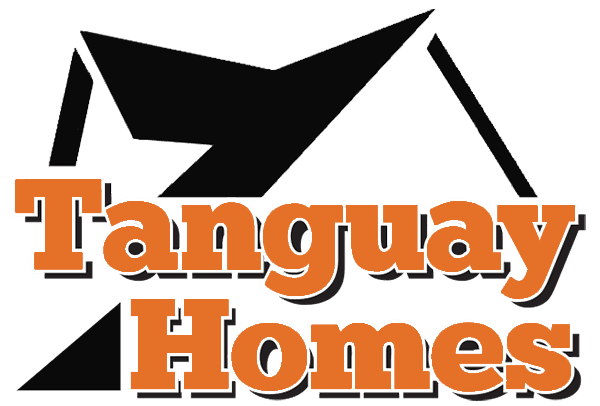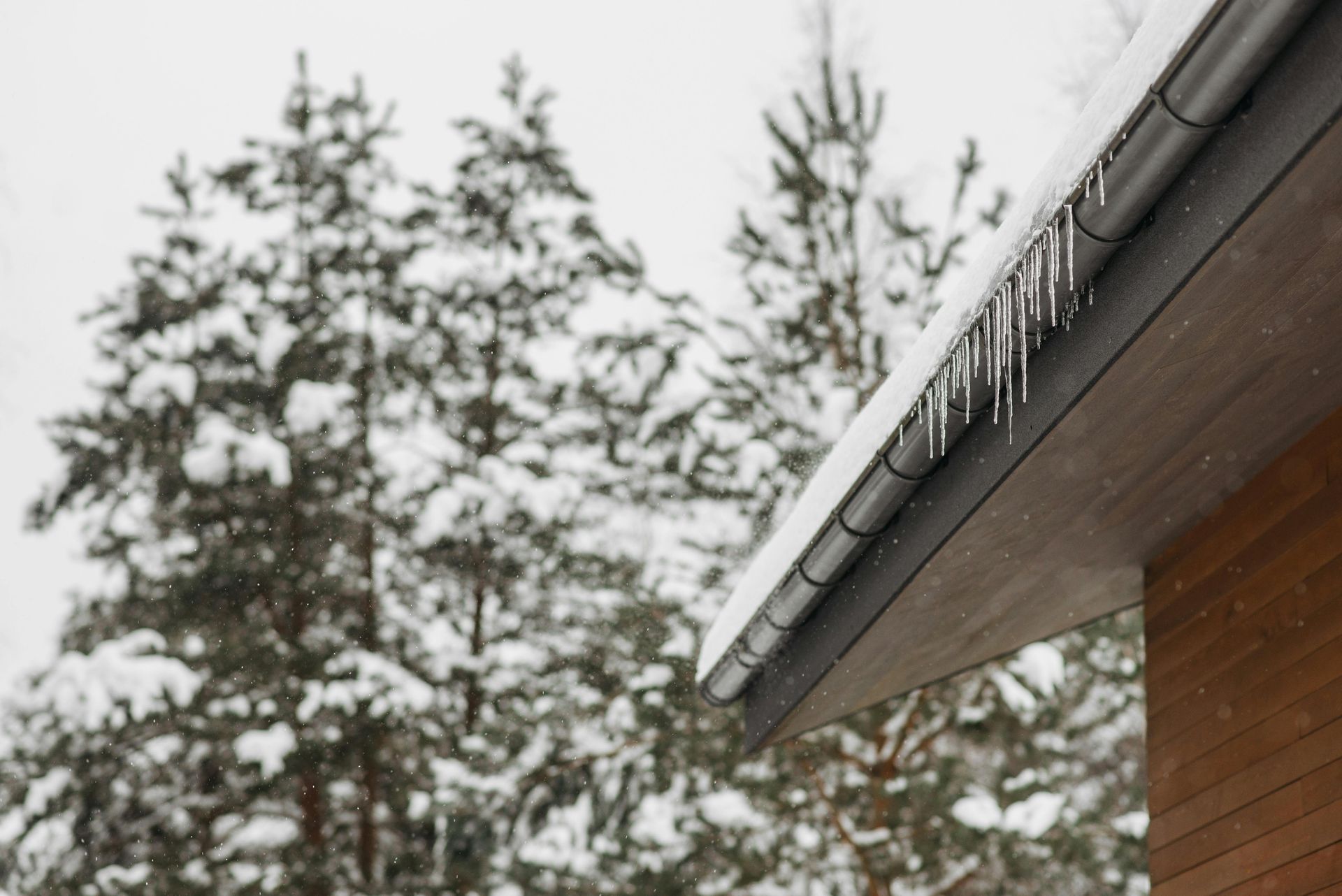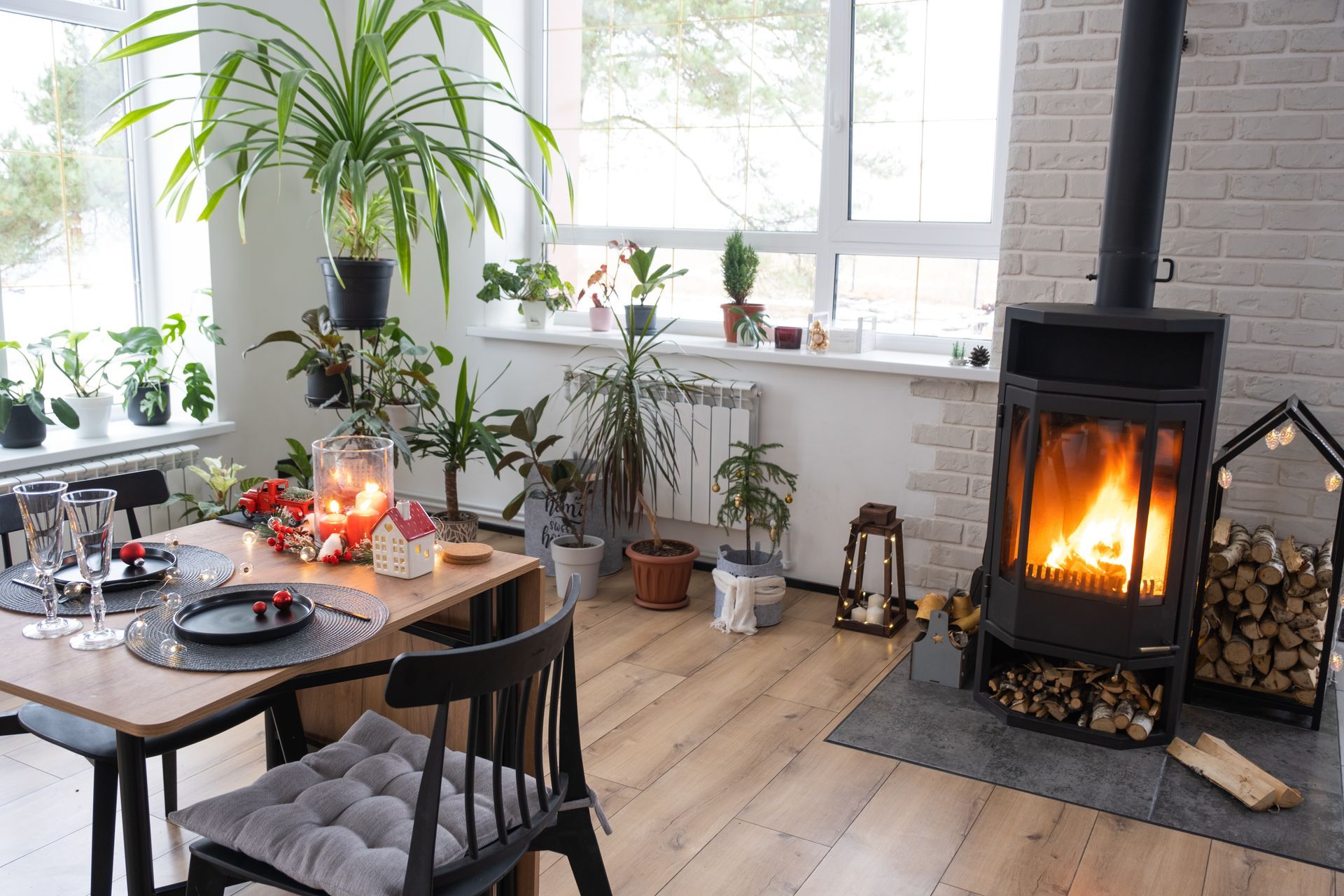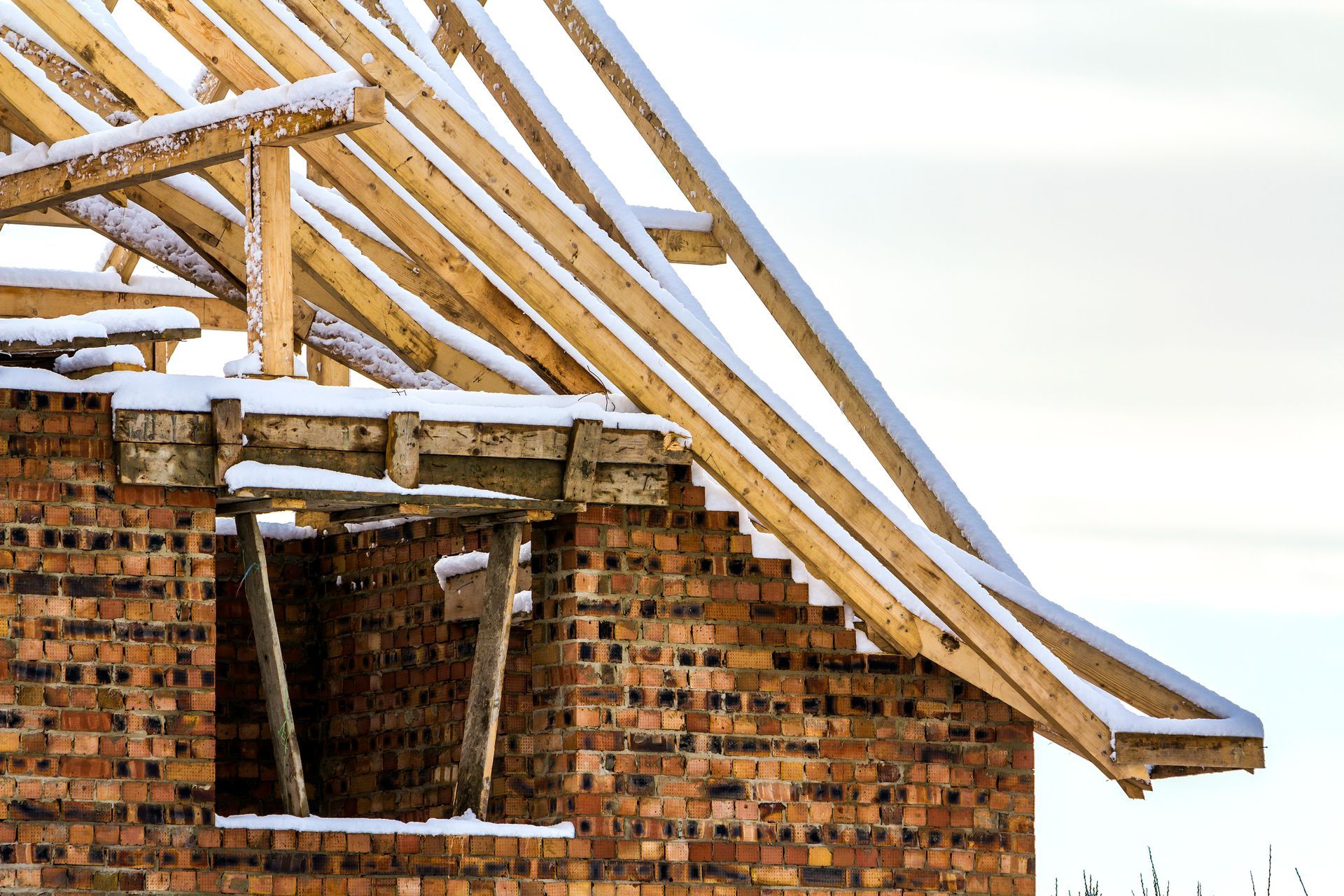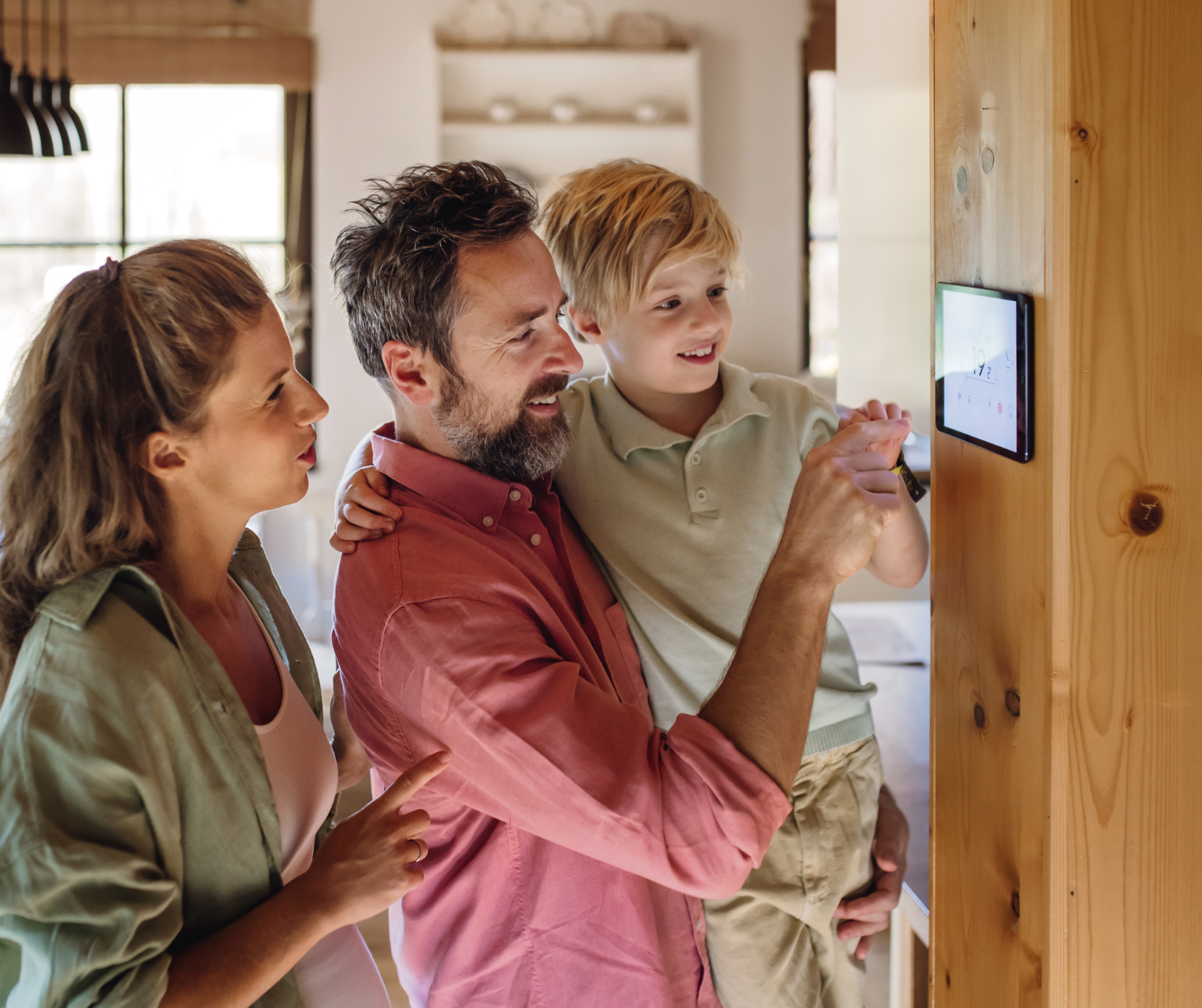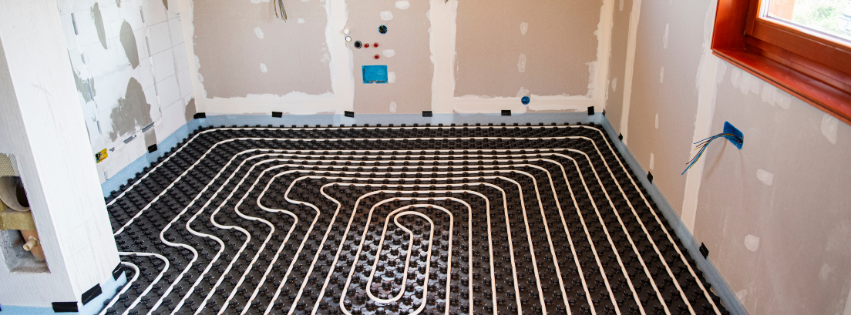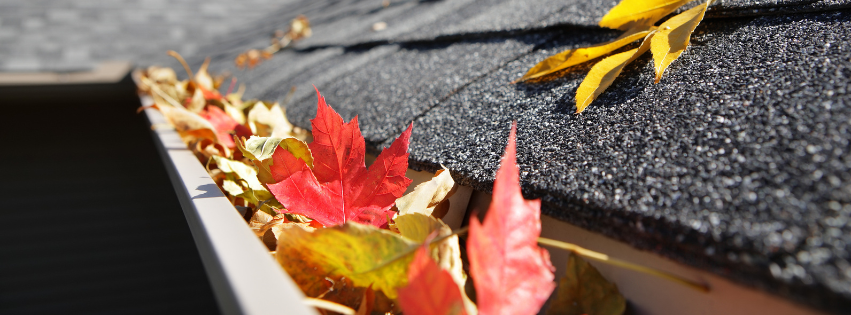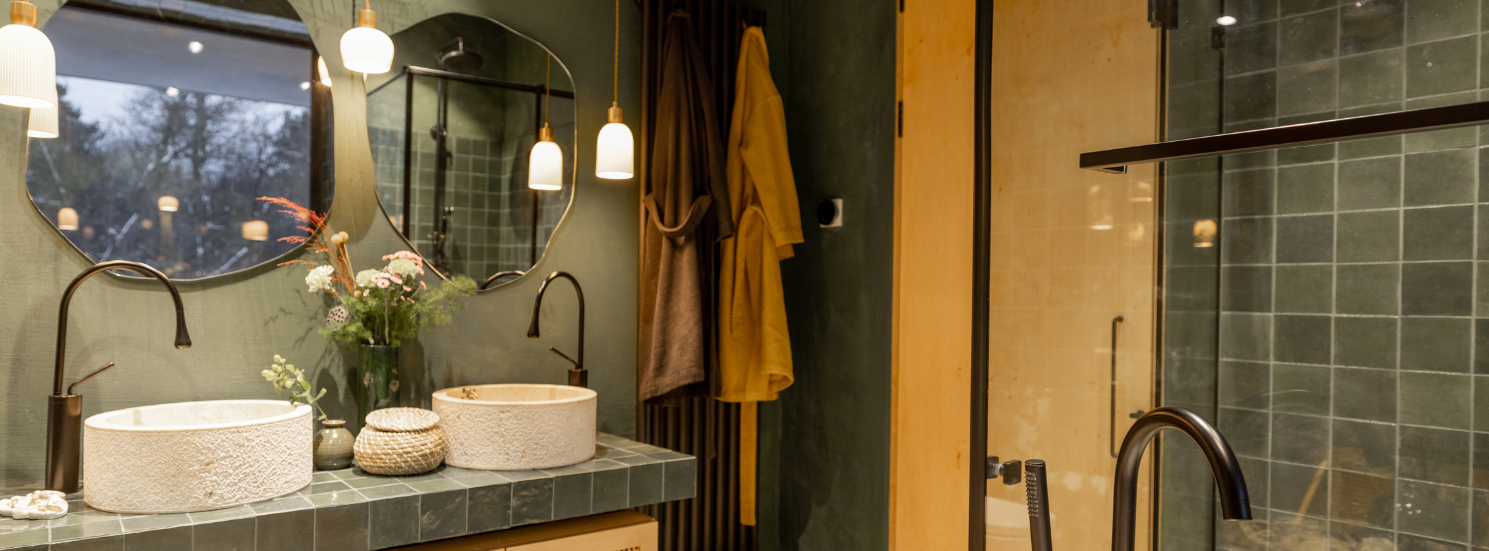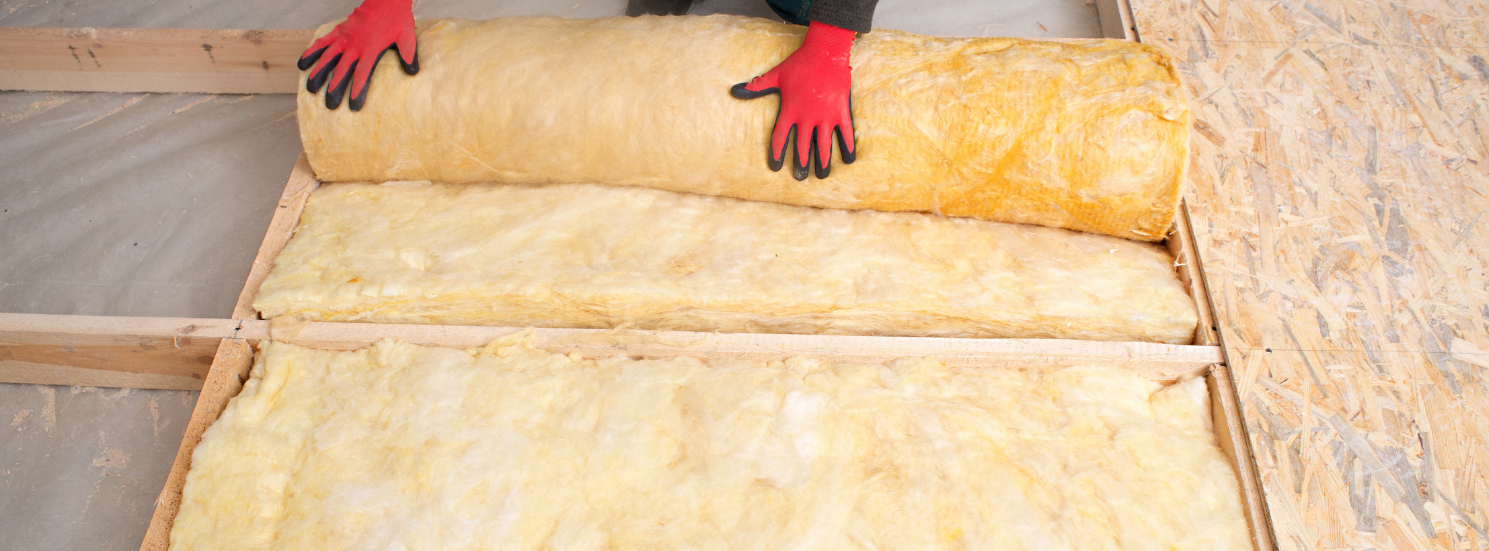Energy Efficient Homes
Consider the Investment into Energy Efficiency
Before you design a new home or remodel an existing one, consider investing in energy efficiency. You'll save energy and money, and your home will be more comfortable and durable. The planning process is also a good time to look into a renewable energy system that can provide electricity, water heating, or space heating and cooling. You may also want to explore your options for financing an energy-efficient home.
In an existing house, the first step is to conduct a home energy assessment (sometimes referred to as an energy audit) to find out how your home uses energy and determine the best ways to cut energy use and costs. To learn more about home energy audits and find free tools and calculators, go to Tips: Your Home's Energy Use, the Residential Services Network, and the Building Performance Institute.
WHOLE-HOUSE SYSTEMS APPROACH
If you plan to design and build a new home or do an extensive remodel on an existing house, optimizing home energy efficiency requires a whole-house systems approach to ensure that you and your team of building professionals consider all the variables, details, and interactions that affect energy use in your home. In addition to occupant behavior, site conditions, and climate, these include:
Appliances and home electronics
Insulation and air sealing
Lighting and daylighting
Space heating and cooling
Water heating
Windows, doors, and skylights.
Before making upgrades, you may also want to work with an energy auditor to use the Home Energy Score, which provides a rating of your home's current efficiency, as well as a list of improvements and potential savings.
ULTRA-EFFICIENT HOMES
Ultra-efficient homes combine state-of-the-art energy-efficient construction, appliances, and lighting with commercially available renewable energy systems, such as solar water heating and solar electricity. By taking advantage of local climate and site conditions, designers can often also incorporate passive solar heating and cooling and energy-efficient landscaping strategies. The intent is to reduce home energy use as cost-effectively as possible, and then meet the reduced load with on-site renewable energy systems.
ADVANCED HOUSE FRAMING
If you’re building a new house or adding on to an existing one, consider using advanced house framing (also known as optimum value engineering), which reduces lumber use and waste and improves energy efficiency in a wood-framed house.
COOL ROOFS
Cool roofs use highly reflective materials to reflect more light and absorb less heat from sunlight, which keeps homes cooler during hot weather.
PASSIVE SOLAR HOME DESIGN
Passive solar home design takes advantage of climatic and site conditions to provide heating in the winter and cooling in the summer.
EARTH-SHELTERED, STRAW BALE, LOG, AND MANUFACTURED HOMES
If you live in or are planning to buy an earth-sheltered, straw bale, log, or manufactured home, below is more information and links with suggestions to help improve your home’s energy efficiency:
EFFICIENT EARTH-SHELTERED HOMES
Earth-sheltered homes can be built underground or bermed, and—when well designed and built—can be comfortable, durable, and energy-efficient.
STRAW BALE HOME DESIGN
Straw bale buildings were fairly common in the United States between 1895 and 1940, but it wasn't until the mid- to late-1990s that building codes began to acknowledge them as a viable approach. Two current straw bale construction methods include non-load-bearing or post-and-beam, which uses a structural framework with straw bale in-fill, and load-bearing or "Nebraska style," which uses the bearing capacity of the stacked bales to support roof loads.
Proposed straw bale structures face considerable barriers, including:
Local building code approvals
Building loans
Mortgages
Homeowner's insurance
Community acceptance.
To learn about the building code standards for your state, contact your city or county building code officials. Your state energy office may be able to provide information on energy codes recommended or enforced in your state.
ENERGY EFFICIENCY IN LOG HOMES
Log homes use solid wood logs for wall structure and insulation, and require care in design, construction, and maintenance to achieve and maintain energy efficiency.
EFFICIENT MANUFACTURED HOMES
Manufactured homes (formerly known as mobile homes) are built to the U.S. Department of Housing and Urban Development (HUD) Code, and are constructed on a permanent chassis so they can be moved. Owners can improve the energy efficiency of these homes by caulking and weather stripping, air sealing, and choosing energy-efficient lighting and appliances.
http://energy.gov/energysaver/energy-efficient-home-design
Find Us Here!
Tanguay Homes, Inc.
419 Route 105 Suite A,
Newport, Vermont 05855
Mailing Address:
P.O. Box 517
Newport, VT 05855
Follow Us!
Tanguay Homes of Newport, Vermont specializes in working with out-of-the-area clients. You may sign up to receive daily progress photos, e-mails, and calls. Weekend and late evening appointments are available for your convenience.
Tony Tanguay
President
Contact Us!
We will get back to you as soon as possible
Please try again later
